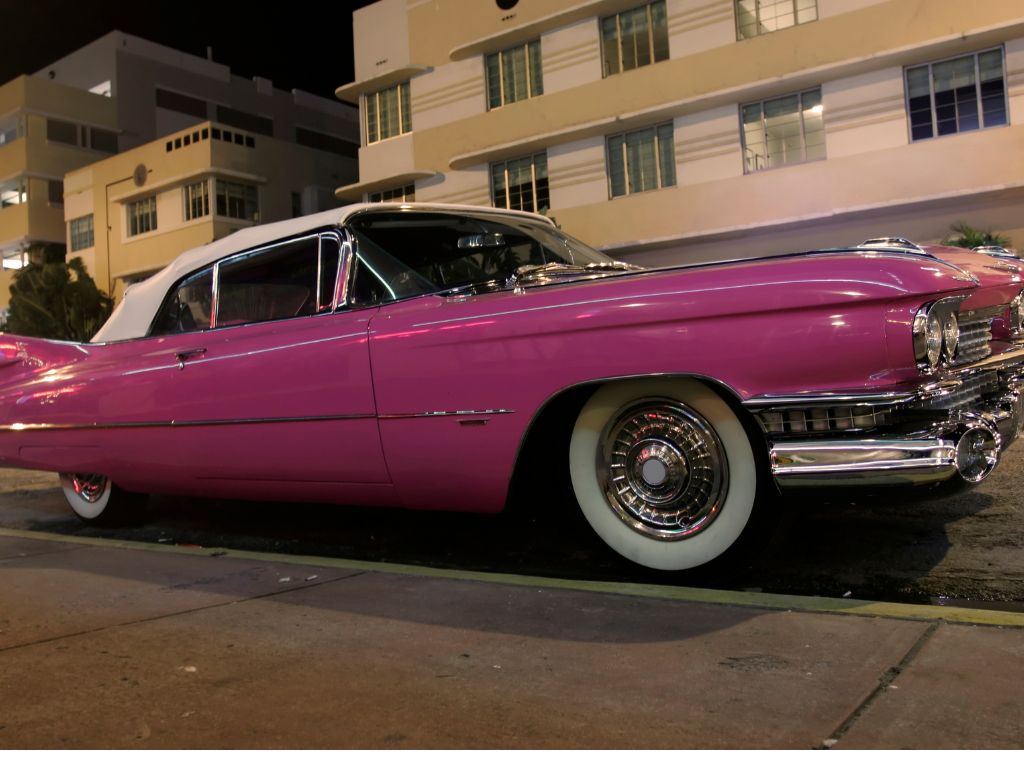[read-time]

Table of Contents
- Introduction to Color Psychology
- Understanding the Pink Color in Psychology
- The Significance of the Pink Color in Different Cultures
- Pink Color in Psychology: The Interpretation
- The Psychology Behind Color Personality Tests
- How Color Theory in Psychology Influences Our Perception
- The Impact of the Pink Color on Emotions and Behavior
- Examples of Pink Color Symbolism in Different Industries
- Applying the Pink Color in Marketing and Branding
- The Takeaway
- FAQs
Introduction to Color Psychology
Pink color in psychology is a fascinating field that explores the profound impact colors have on our emotions, behaviors, and perceptions. From the calming blue hues that promote relaxation to the energetic red tones that ignite passion, each color carries a unique set of psychological associations. In this article, we’ll delve into the captivating world of the pink color and uncover the secrets behind its power in psychology, including its influence on color personality tests.
Understanding the Pink Color in Psychology
The pink color is often described as a softer, more feminine version of the bold and vibrant red. It is a blend of red and white, resulting in a gentle, soothing, and often romantic hue. In the realm of psychology, pink is associated with a variety of traits and emotions, including:
- Compassion and Nurturing: The pink color is often linked to feelings of tenderness, empathy, and a desire to care for others.
- Femininity and Romance: Pink is frequently associated with traditional feminine qualities, such as beauty, grace, and romantic love.
- Calmness and Relaxation: The pastel nature of pink can have a calming effect, promoting a sense of tranquility and relaxation.
- Youthfulness and Innocence: The soft and delicate nature of pink can evoke feelings of youth, purity, and innocence.
The Significance of the Pink Color in Different Cultures
The meaning and symbolism of the pink color can vary across different cultures and societies. In some regions, pink may be seen as a symbol of strength and courage, while in others, it is primarily associated with femininity and traditional gender roles. Understanding these cultural nuances is crucial when exploring the psychological impact of the pink color.
Pink Color in Psychology: The Interpretation
In the field of psychology, the interpretation of the pink color can provide valuable insights into an individual’s personality, emotions, and preferences. When incorporated into color personality tests, the pink color can reveal information about:
- Sensitivity and Empathy: A strong preference for the pink color may suggest a heightened sense of sensitivity and a tendency to be caring and empathetic towards others.
- Creativity and Imagination: The soft and romantic nature of pink can be linked to a creative and imaginative mindset.
- Calmness and Relaxation: A preference for the pink color can suggest a desire for a peaceful and calming environment.
The Psychology Behind Color Personality Tests
Color personality tests are designed to explore the deeper connections between an individual’s color preferences and their underlying personality traits. These tests are based on the premise that our color choices are influenced by our subconscious thoughts, emotions, and experiences. By analyzing an individual’s responses to different colors, including the pink color, these tests can provide valuable insights into their psychological makeup.
How Color Theory in Psychology Influences Our Perception
The principles of color theory, which examine the relationships and interactions between colors, play a significant role in shaping our perceptions and interpretations of the pink color. Factors such as hue, saturation, and brightness can all contribute to the psychological impact of the pink color, influencing our emotional responses and behavioral tendencies.
The Impact of the Pink Color on Emotions and Behavior
Pink color in psychology can have a profound impact on our emotions and behavior. Studies have shown that exposure to the pink color can:
- Induce feelings of calmness and relaxation
- Promote a sense of warmth and approachability
- Encourage nurturing and caregiving behaviors
- Enhance creativity and imagination
- Reduce aggressive or violent tendencies
These psychological effects can have far-reaching implications in various aspects of our lives, from personal relationships to professional settings.
Examples of Pink Color Symbolism in Different Industries
The power of the pink color is not limited to the realm of psychology; it has also found its way into various industries, where it is used to convey specific messages and elicit desired responses. Some examples include:
- Healthcare and Wellness: The pink color is often used in healthcare and wellness settings to create a warm, caring, and comforting environment.
- Fashion and Beauty: The pink color is a staple in the fashion and beauty industries, where it is associated with femininity, romance, and youthfulness.
- Charity and Awareness: The pink ribbon has become a powerful symbol of breast cancer awareness, representing compassion, hope, and the fight against the disease.
- Branding and Marketing: Many brands and companies have strategically incorporated the pink color into their visual identities to convey a sense of approachability, creativity, and emotional connection with their target audience.
Applying the Pink Color in Marketing and Branding
In the world of marketing and branding, the strategic use of the pink color can be a powerful tool for connecting with consumers and conveying specific brand messages. By understanding the associations of the pink color in psychology, businesses can leverage its impact to:
- Create a sense of warmth, approachability, and trustworthiness
- Attract a target audience that values feminine and nurturing qualities
- Differentiate their brand from competitors in a crowded market
- Evoke emotions of calmness, creativity, and emotional resonance
When used effectively, the pink color can be a valuable asset in shaping brand identity, enhancing customer engagement, and ultimately driving business success.
The Takeaway
Harnessing the Power of Pink color in Psychology
The pink color is a fascinating and multifaceted hue that holds a unique place in the realm of psychology. From its associations with compassion and femininity to its calming and creativity-enhancing properties, the pink color has the power to profoundly impact our emotions, behaviors, and perceptions.
Buy the ChromaLife personality color eBook today and unlock the secrets behind your color personality and behavior!
As you delve deeper into the world of color psychology, embrace the power of the pink color and explore how it can enrich your personal and professional life. By understanding the psychological significance of the pink color, you can harness its potential to enhance your relationships, boost your creativity, and cultivate a more balanced and fulfilling life.

Leave a comment below if you would like to see the Pink color trait included as part of our color assessment.
FAQs
What emotions does pink typically evoke?
Pink is often associated with feelings of love, compassion, nurturing, and romance. It’s generally perceived as a calming and soothing color that promotes feelings of warmth and comfort.
Is there a difference in how men and women perceive pink?
Historically, there has been a gender bias in pink perception. While pink is often stereotypically associated with femininity in Western cultures, this is a relatively recent cultural construct. Interestingly, studies have shown that both men and women can be equally affected by the psychological impacts of pink.
Can pink affect behavior?
Yes, exposure to pink can influence behavior. In some contexts, it has been observed to have a temporarily calming effect. For instance, some prisons and holding cells have been painted pink in an attempt to reduce aggressive behavior. This phenomenon, known as “Baker-Miller Pink” or “Drunk Tank Pink,” suggests that pink may have a short-term pacifying effect on some individuals.
How to make new friends? Does Your Color Types Personality
[read-time] Knowing how to make new friends is a daunting task, especially as we get older and our social circles become…
Unveiling the Power of Color Psychology: 5 Creative Ways to
[read-time] Introduction to color psychology Color psychology is a fascinating field that explores the profound impact colors have on our emotions, behaviors,…
Personality Color Assessment – What Exactly is it and Why
In this article you’ll learn 5 vital benefits of personality color assessments!…



